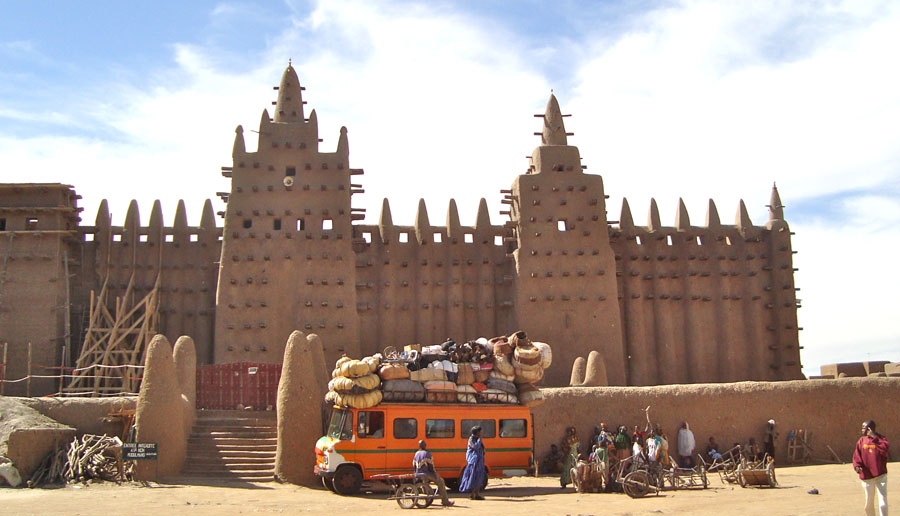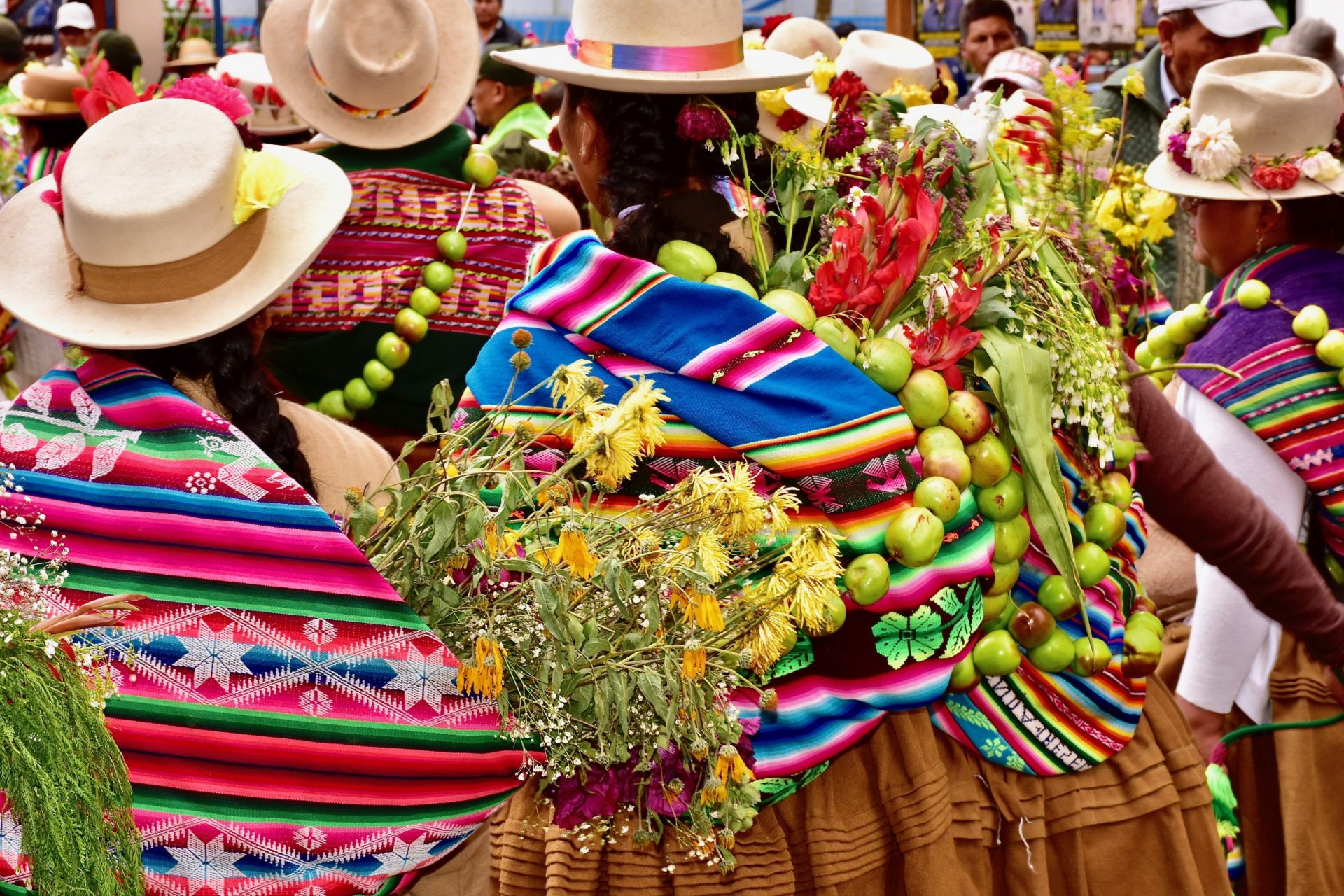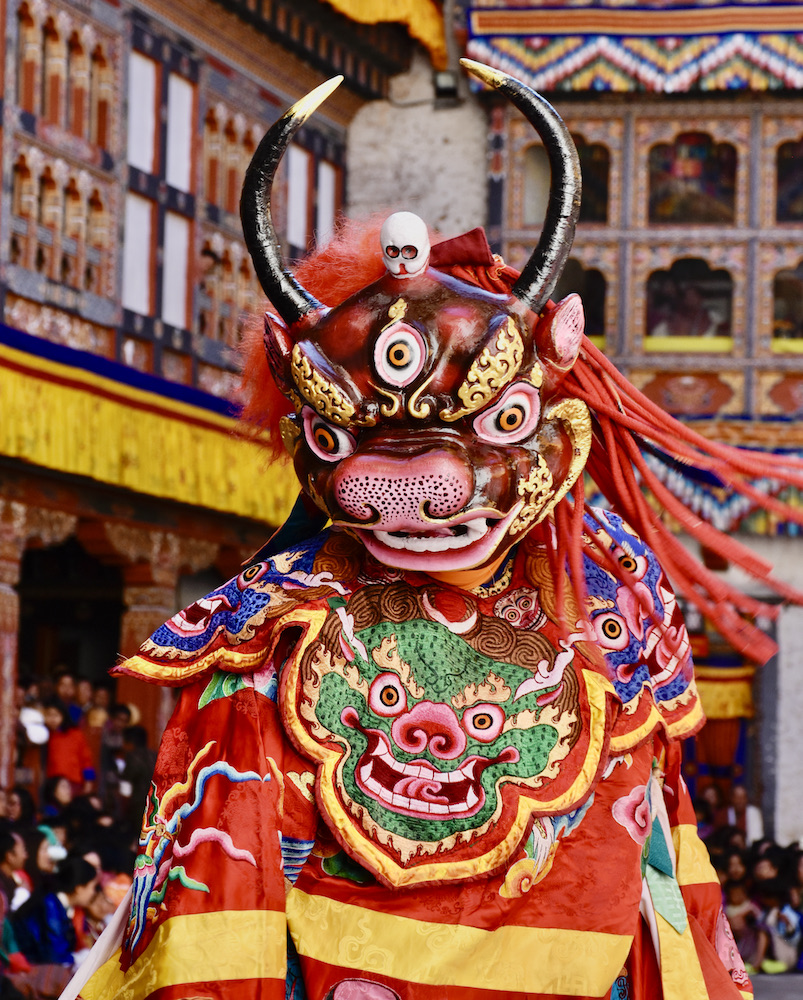What is Vernacular Architecture? It encompasses dwellings, buildings and other structures that are not designed by professional architects or trained designers, but planned and constructed by local builders in a characteristic regional style, influenced by the environment.
The style has also been called ‘non-pedigreed,’ by architect Bernard Rudofsky who in 1965 coined the term vernacular architecture. The building’s style is traditional and a cultural identifier, as well as a source of pride for the people. Examples are the adobe mosques of Mali, the round beehive homes of Harran, Turkey, or the wooden churches of rural Norway.

Local building materials are sourced in the surrounding environment, thus the structures depend on what is available. For instance, in treeless desert regions buildings are constructed from various mixtures of dirt and fiber, such as rice hulls or straw, that are commonly termed “adobe.” Stone, by itself or with some sort of mud mortar, is used in areas with a dearth of wood. Bamboo and palm frond thatch are used in tropical places; there are many other environment-dependent examples.
Furthermore, vernacular dwellings are built for the way the culture typically lives and interacts; some peoples dwell communally with rooms or walls in common. Others prefer to live separately with privacy or space between structures.

Traditional structures use local materials that are free or inexpensive – definitely at lower cost than building with imported materials. Thus vernacular architecture helps local populations to have better and more comfortable dwellings that would be difficult to afford otherwise.
Many construction materials used in these buildings are sustainable, such as fast-growing bamboo or mud for adobe. And the weedy grasses used for thatched roofs in many parts of the world grow fast and replenish themselves rapidly. They are basically free for harvesting.
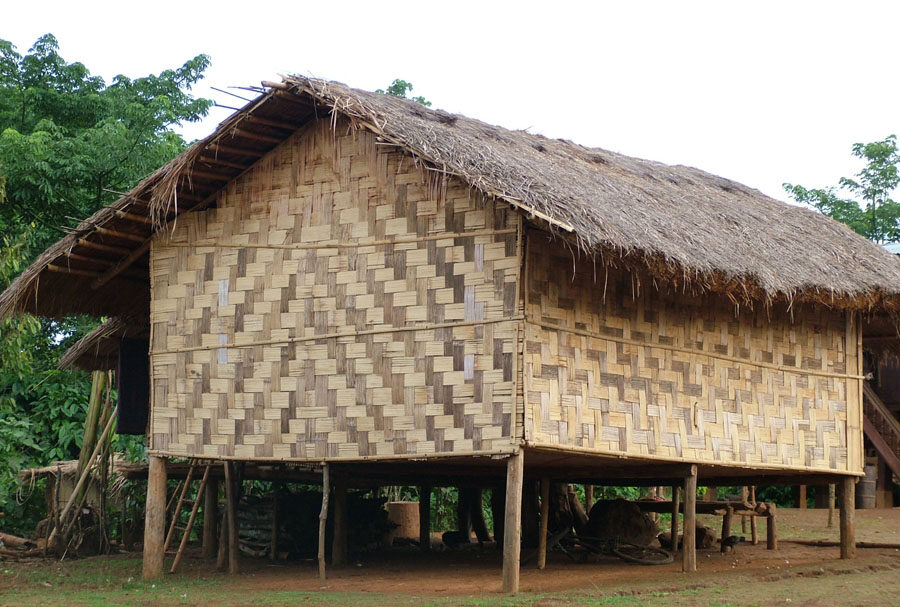
Vernacular buildings are planned and constructed to work effectively with the climate. For instance, in a cold region, thick walls and small windows keep the heat in. The woven bamboo walls of houses perched on stilts let the breeze flow through in a hot, humid area. Thatched roofs, with their almost free materials but labor-intensive fabrication technique, also serve to insulate dwellings.
Centuries of tradition have fine-tuned the characteristics, techniques and structural considerations for building. A master carpenter or master stone mason may be involved in the design and construction, and small changes may be made to the basic structural plan to improve it, but in general, tradition and long-time experience win out.
The vast majority of architecture in the world might be deemed ‘vernacular,’ but earth and stone creations exemplify the most primeval versions. While wood is often available free in the forests, building with it requires at least some sort of simple tools. Wood cuts easily, nails or lashes together well, and holds up in the elements. But mud, rocks, reeds and bamboo, the materials for the vernacular architecture that fascinates me, present completely different construction problems that require more ingenious, flexible solutions.
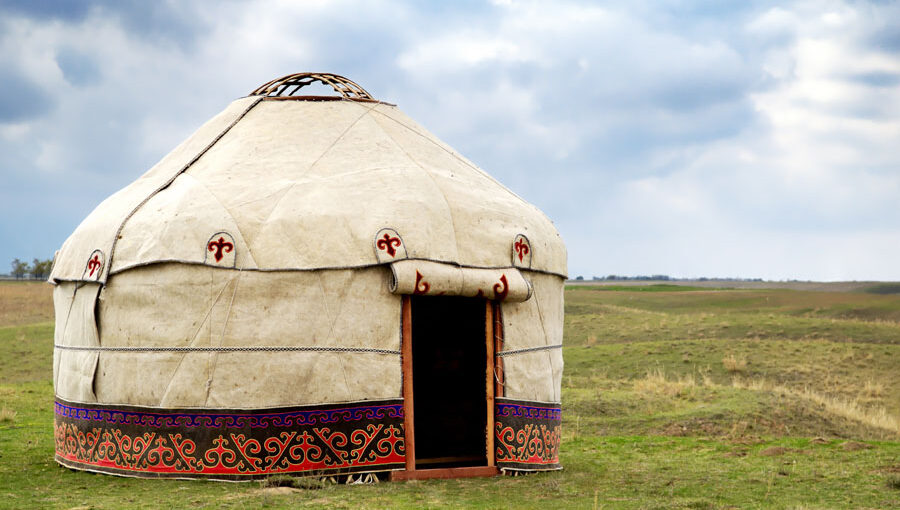
Independent-minded builders and homeowners can exert creativity, when the ‘rules’ are flexible. A structure fashioned by an imaginative builder can display exterior elements of style, satisfying personal creativity and gaining community status with unique details such as an exquisitely woven roof in Bali, or a felted arabesque border on a yurt in Central Asia. Think also of Antonin Gaudi’s visionary nature-inspired buildings in Barcelona.
Some vernacular structures are built entirely by the prospective homeowner, who may have the desire to personalize the home with applied decorative details. Or a builder may ask another, a respected tile maker or painter for instance, to add unique touches that distinguish the residence or other edifice.
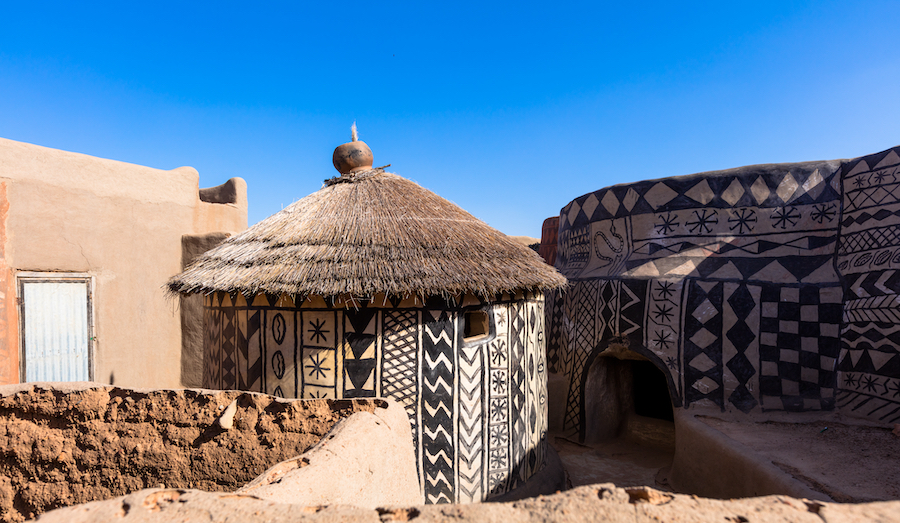
More Earthen Architecture in West Africa
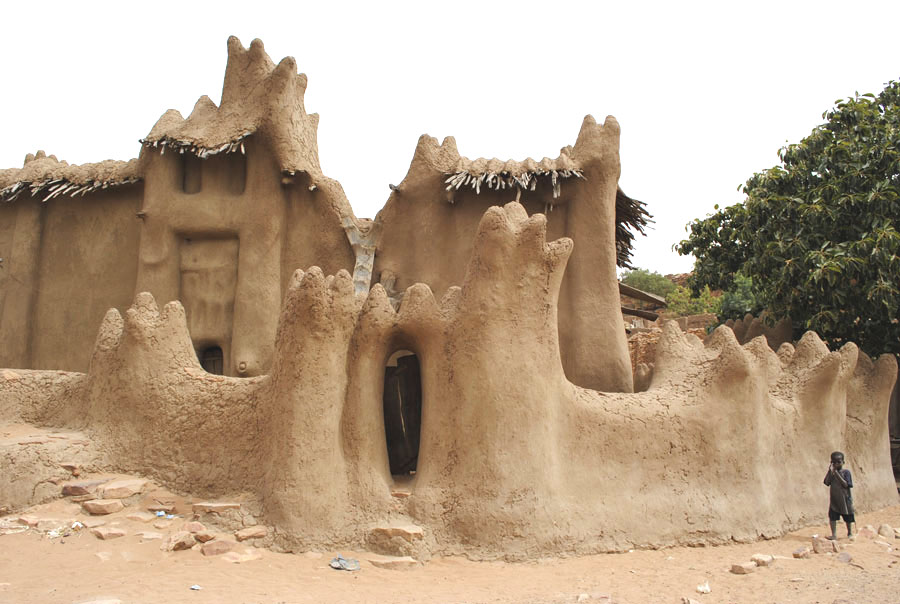
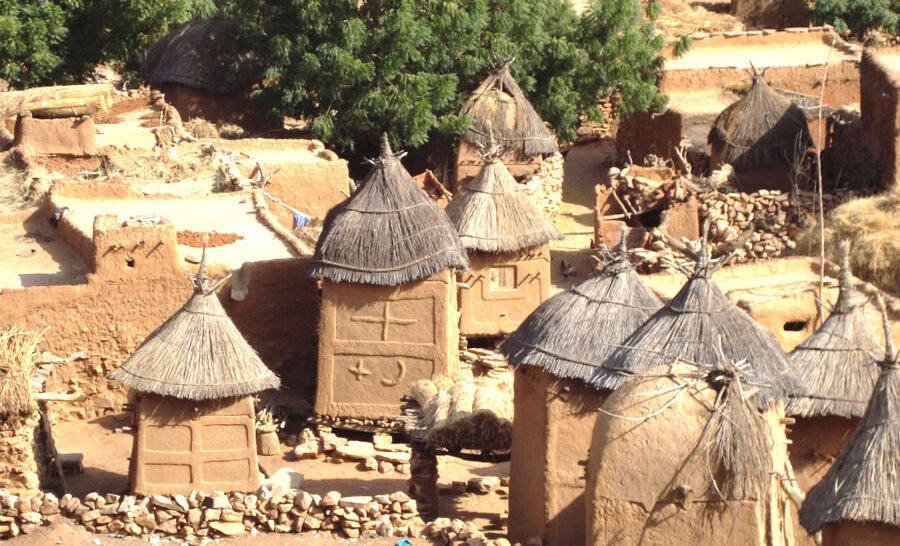
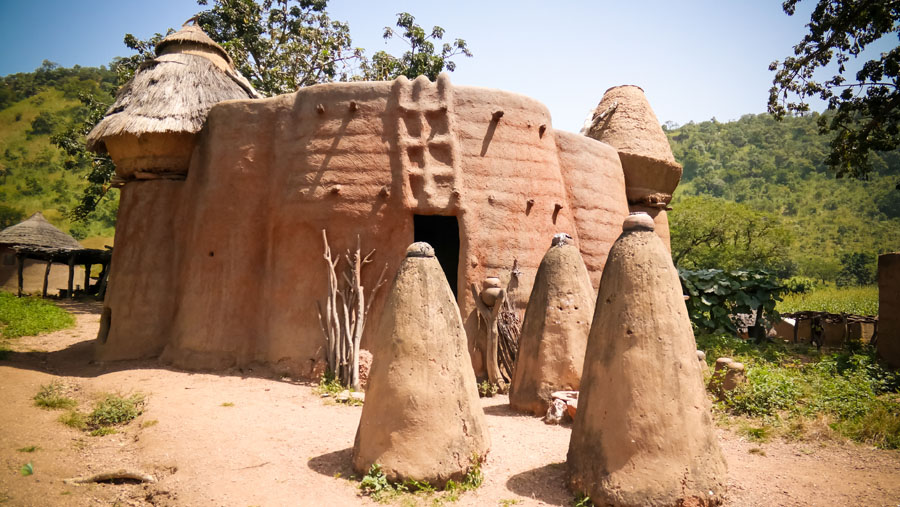



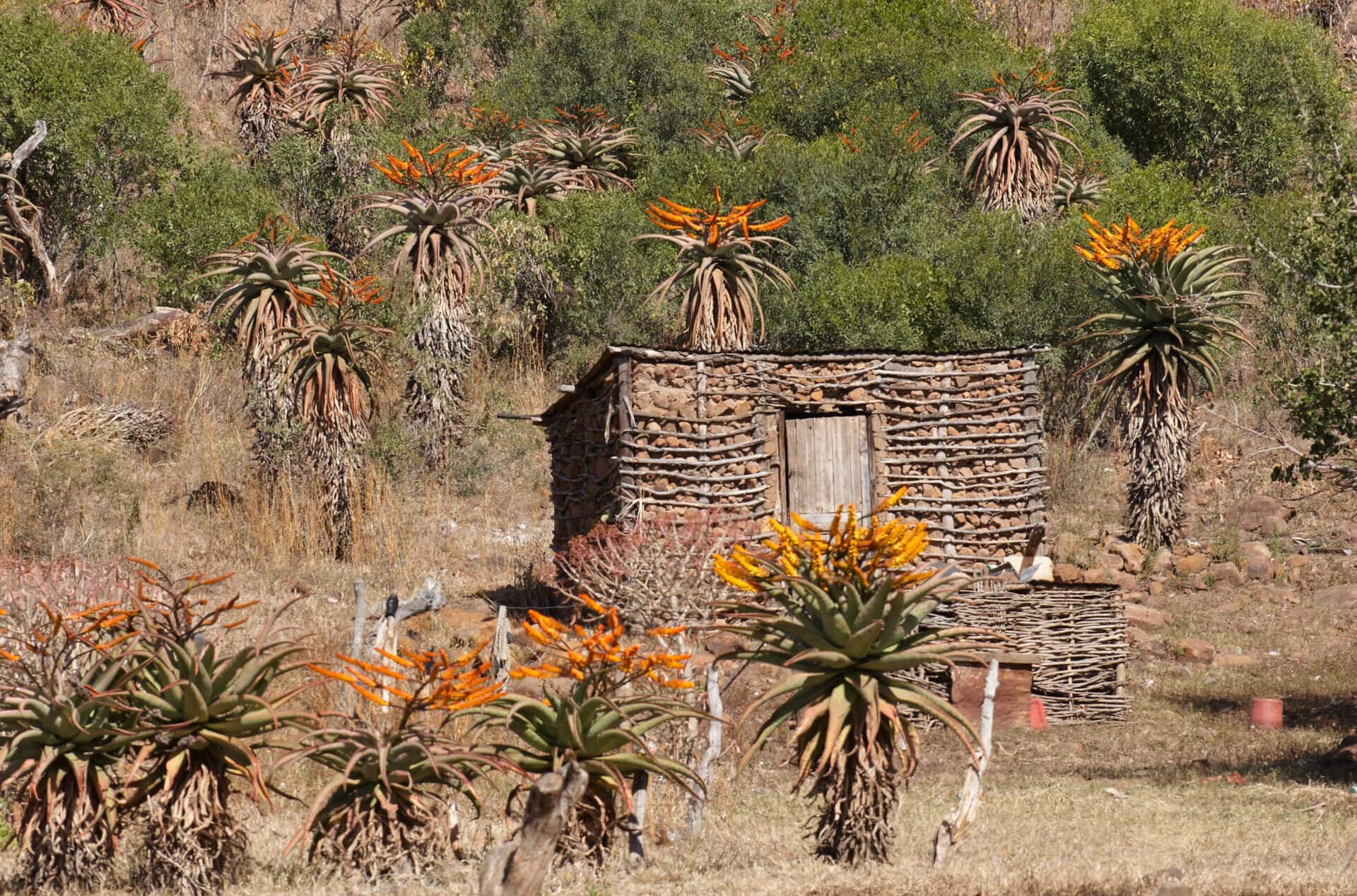

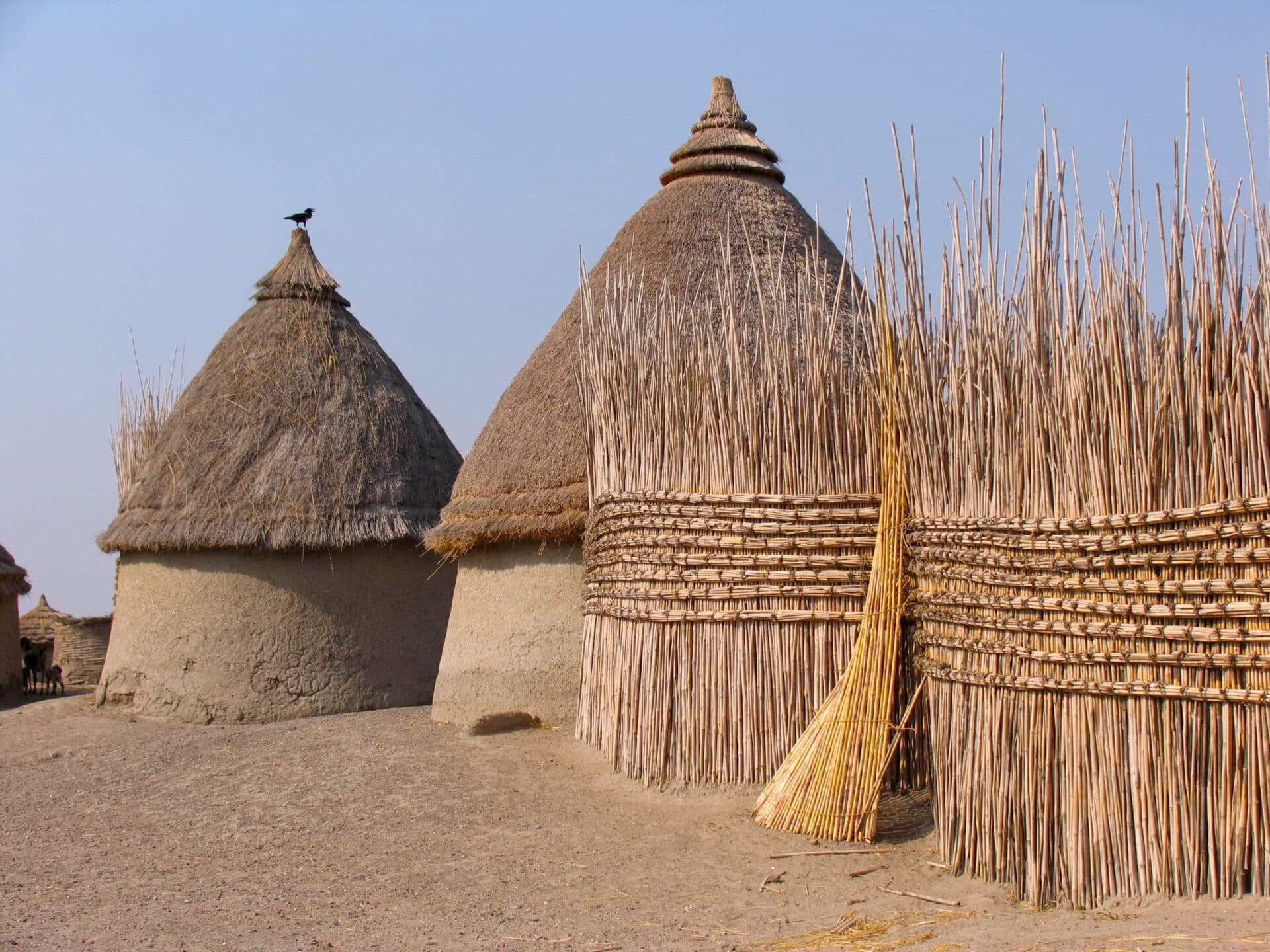
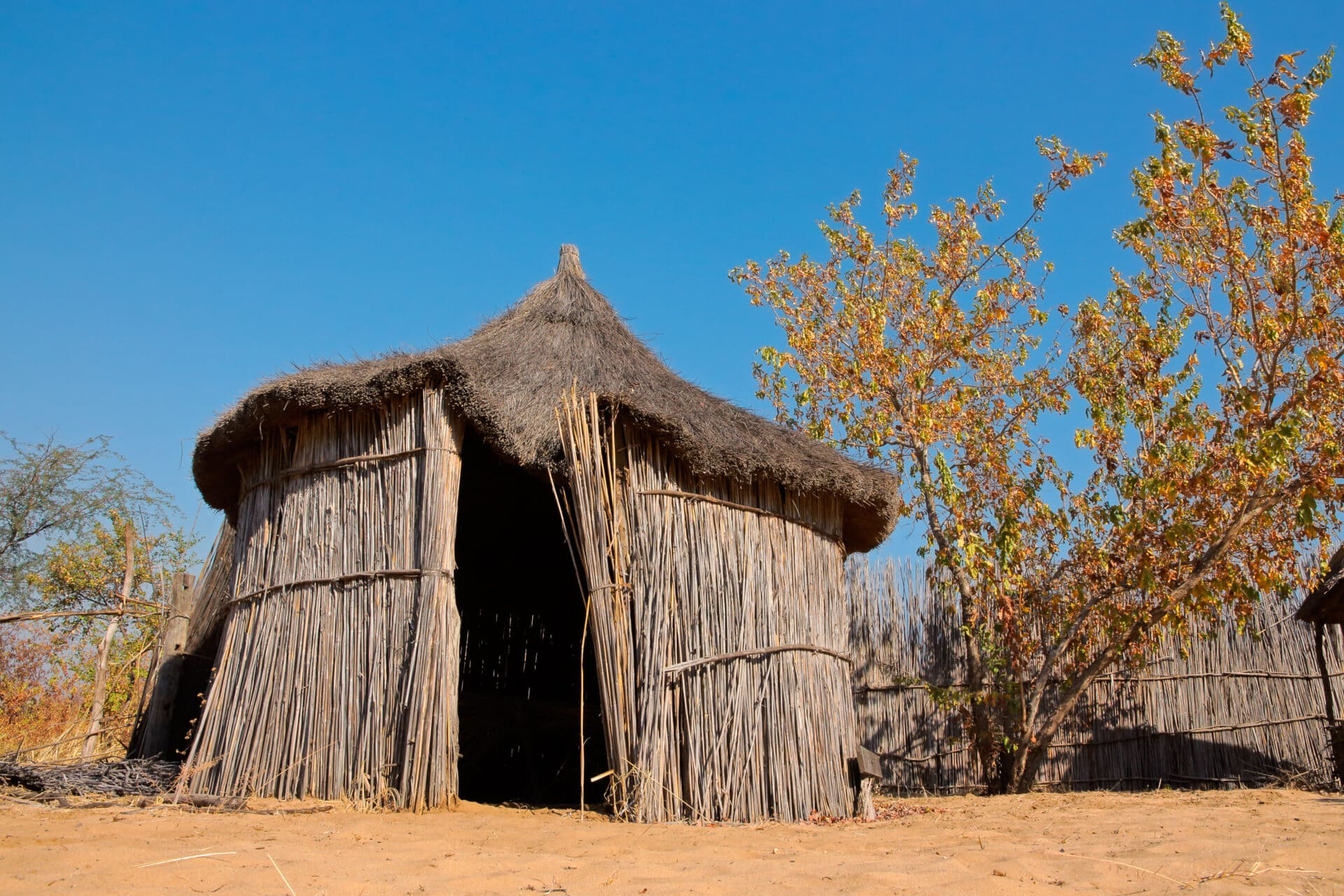
Other Vernacular Structures

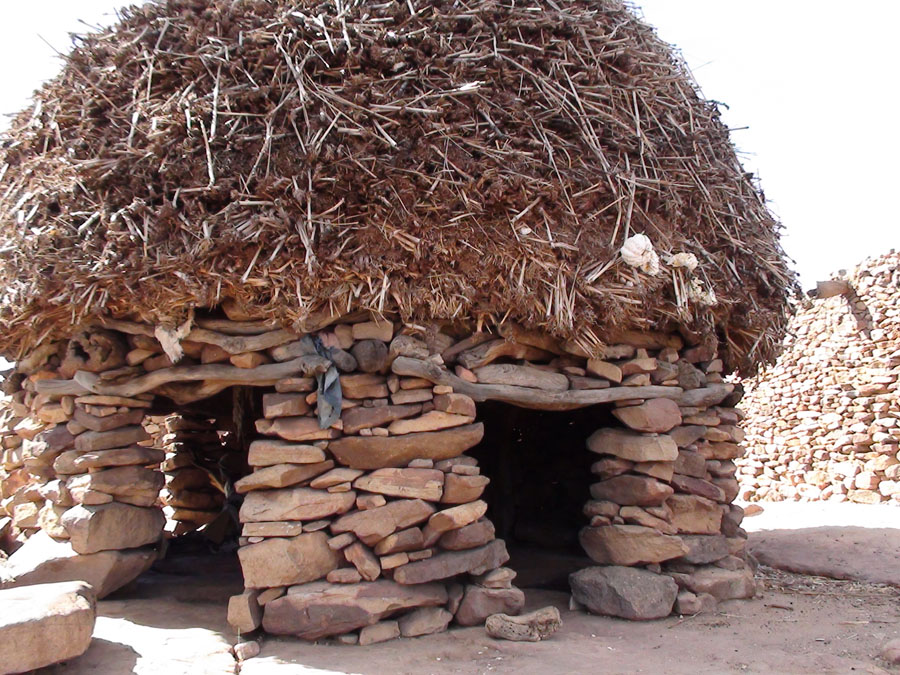
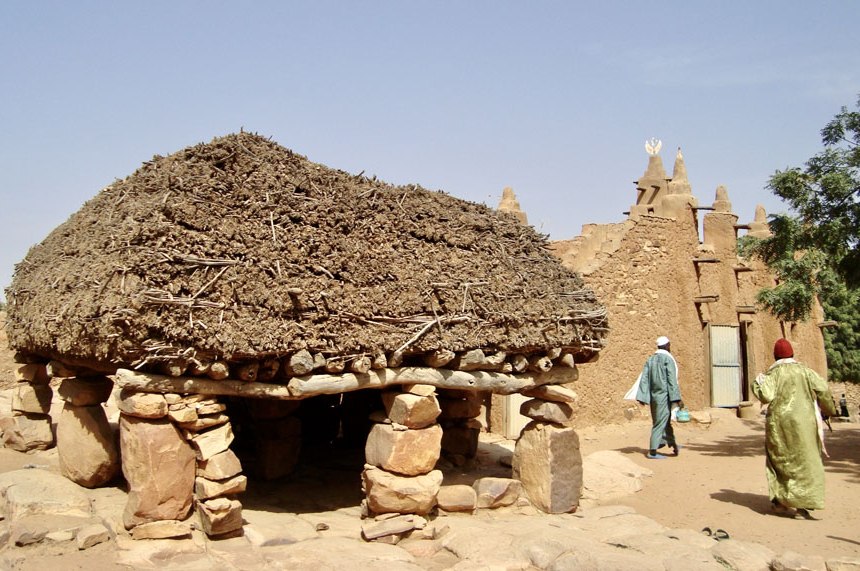
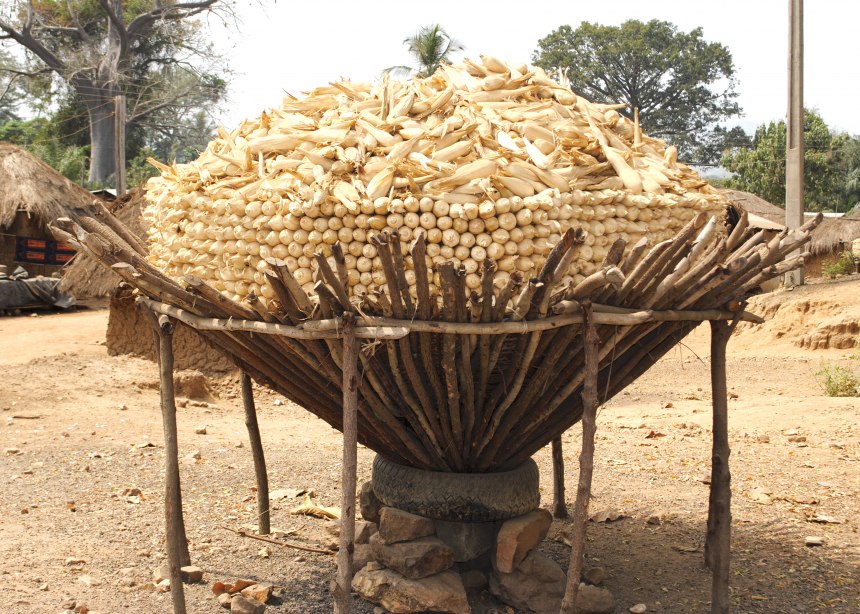
Photo Credits and Information Sources:
All photos by Cynthia Samake except as noted.
Additional Resources
Buildings Without Architects: A Global Guide to Everyday Architecture by John May and Anthony Reid. Rizzoli International Publications, 2010.
Registered architect Jon Sojkowski has a passion for African vernacular architecture. In addition to his African Vernacular Architecture Database, more of his research can be seen on his websites Zambia Vernacular Architecture, Malawi Vernacular Architecture, and Swaziland Vernacular Architecture. Jon lives in South Carolina, USA.
In 1964, the exhibition Architecture Without Architects was put on at the Museum of Modern Art, New York, by Bernard Rudofsky. Accompanied by a book of the same title, including black-and-white photography of vernacular buildings around the world, the exhibition was extremely popular. It was Rudofsky who first made use of the term “vernacular” in an architectural context, and brought the concept into the eye of the public and of mainstream architecture. In this excellent book, Rudofsky steps outside the narrowly defined discipline that has governed our sense of architectural history, and discusses the art of building. The book’s subtitle also calls vernacular “Non-Pedigreed Architecture.” (Wikipedia)
Article: https://www.archdaily.com/951667/what-is-vernacular-architecture
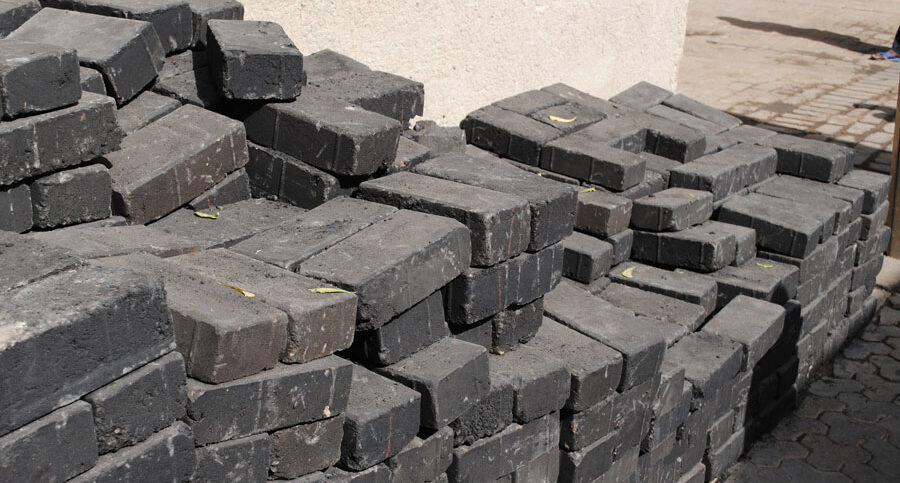
The Aga Khan Development Network (AKDN) is a group of private, international, non-denominational agencies working to improve living conditions and opportunities for people in specific regions of the developing world. The above street paving block project is one of many carried out in Mali. In Mopti, for example, restoration of the Komoguel mosque was also linked to a water supply and sanitation program aimed at improving environmental health in the area. A related project was installation of a manufacturing facility to produce the above street-paving blocks. And in a sandy desert area, paved streets equal fewer floating silica particles for the population to ingest.
“Each generation must leave for its successors an enhanced and sustainable social and physical environment.”
His Highness the Aga Khan.
